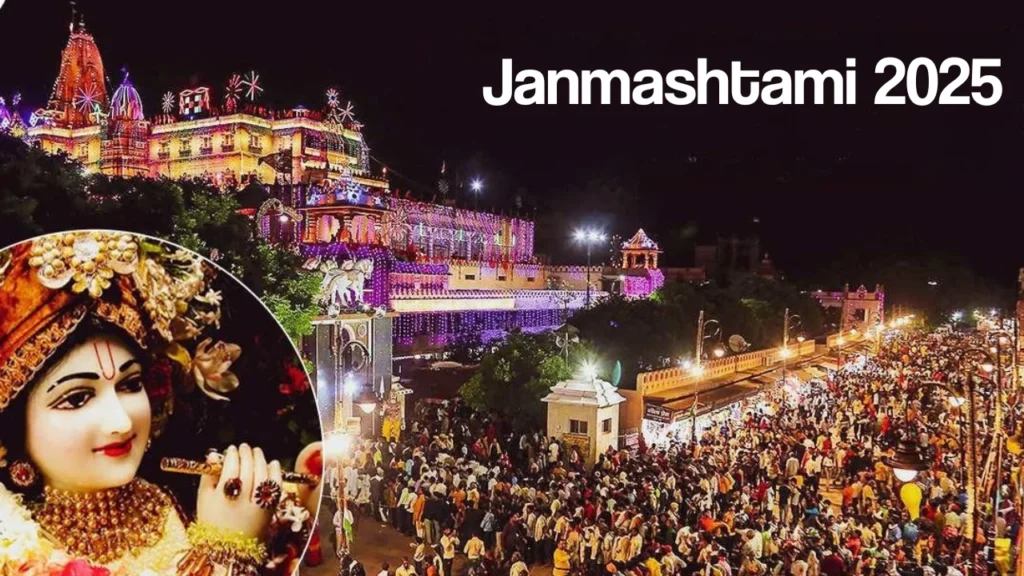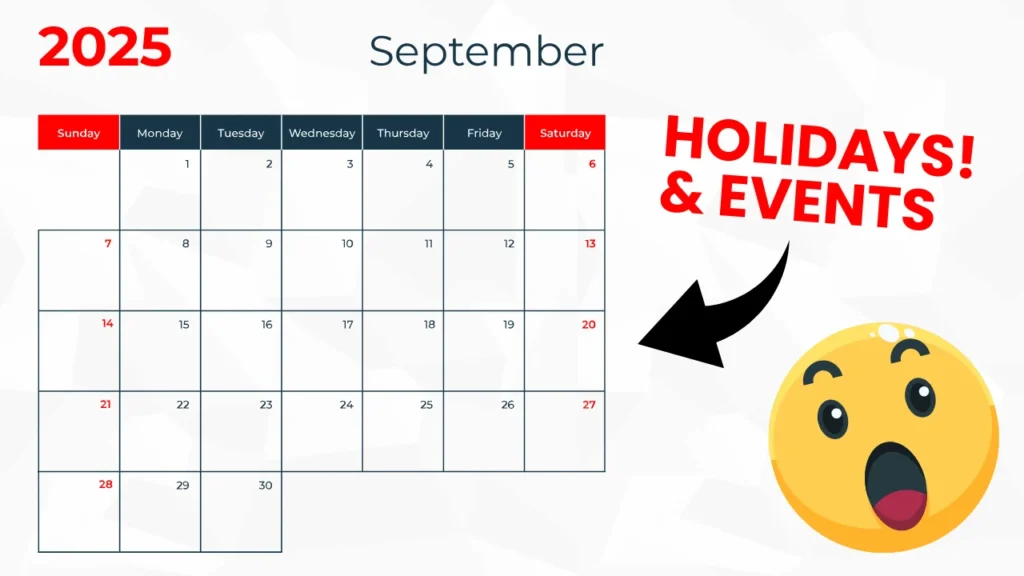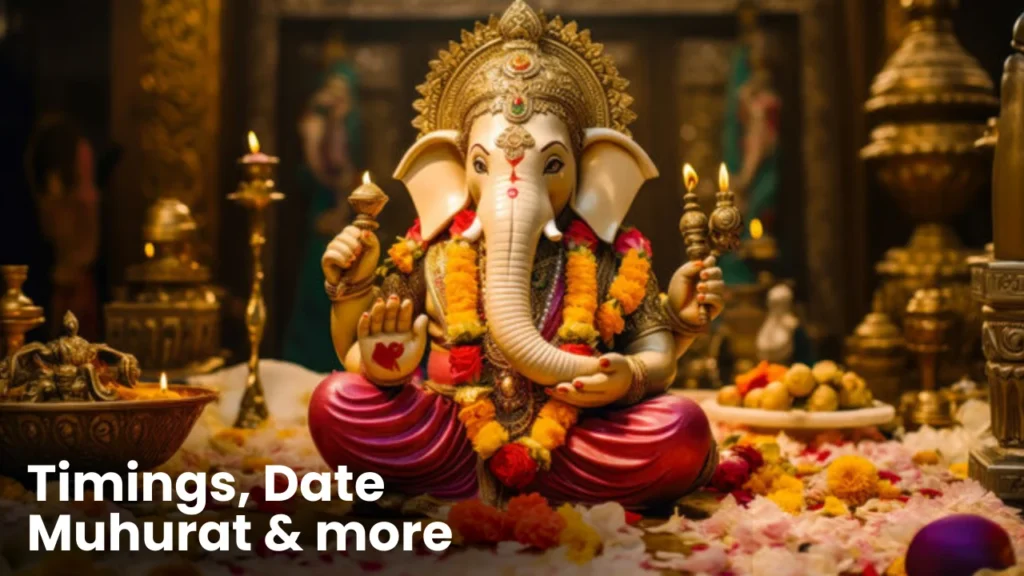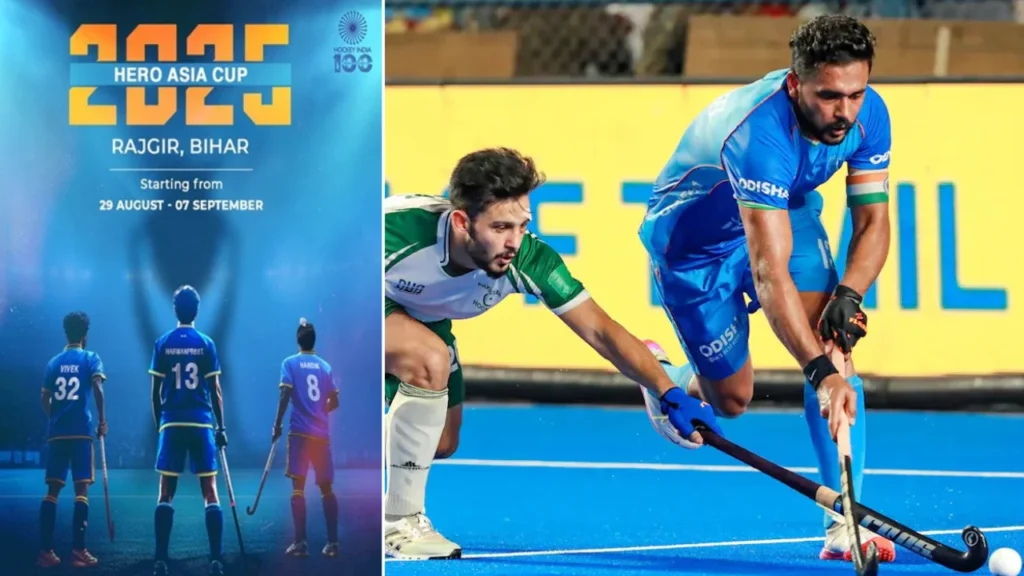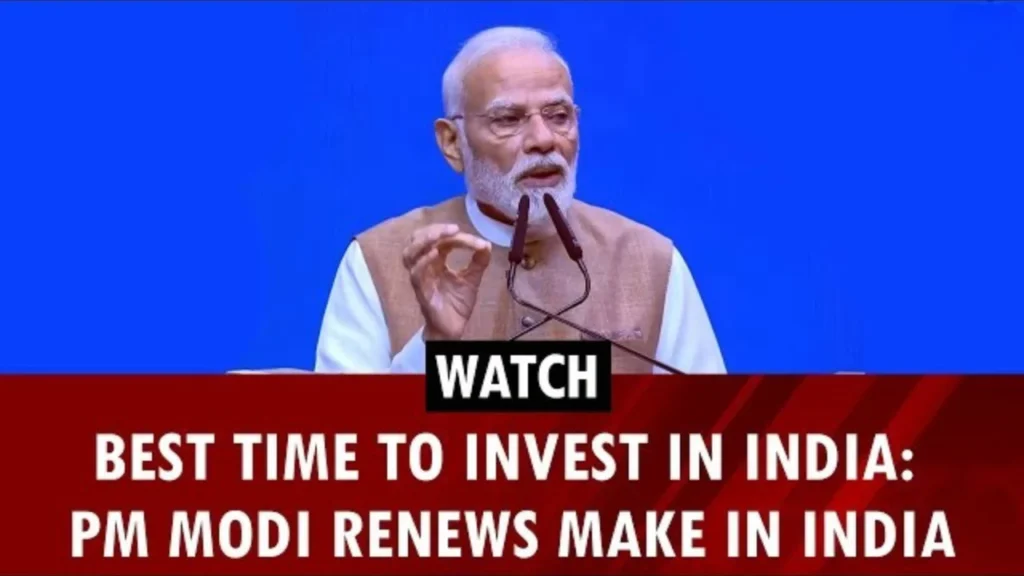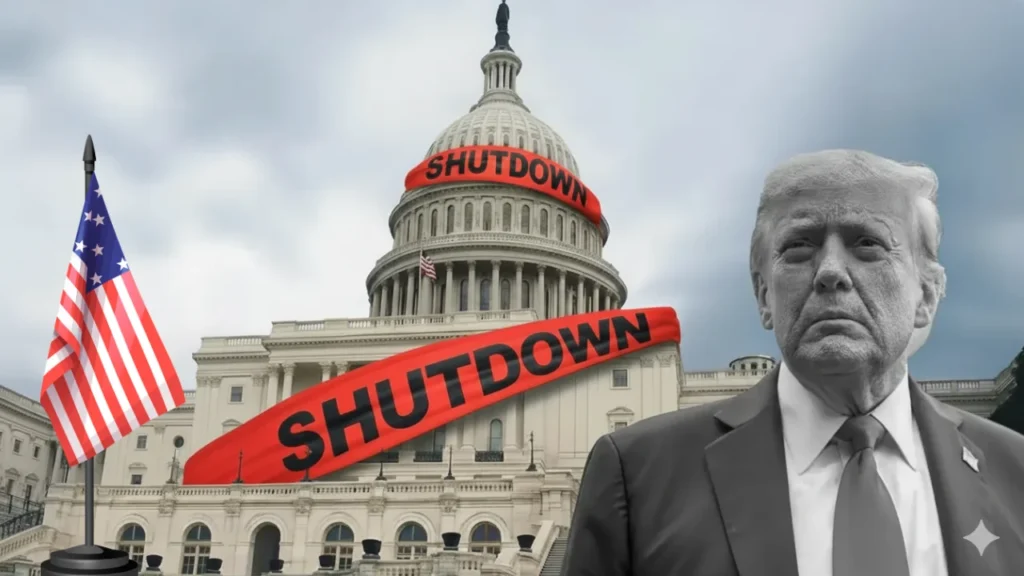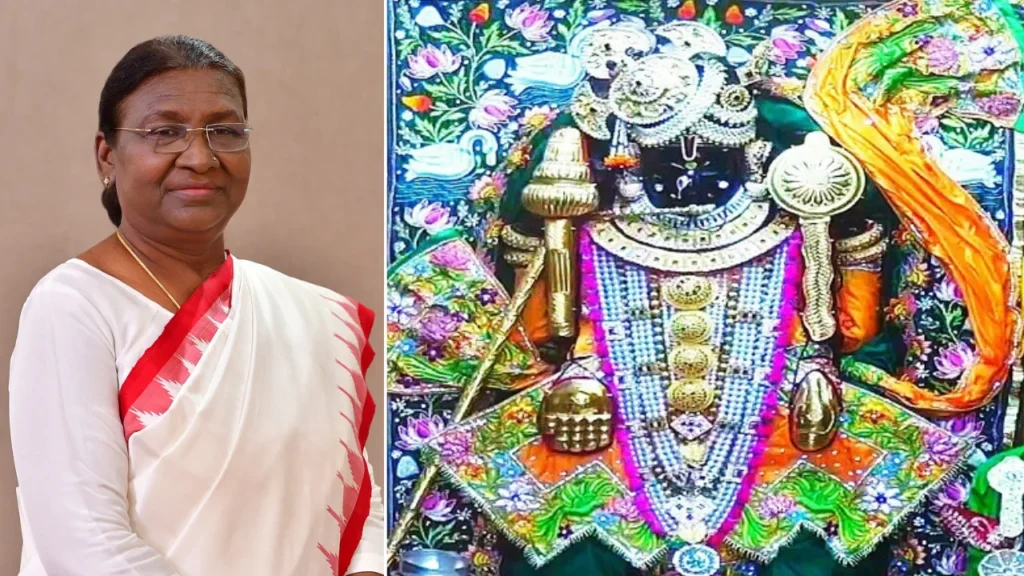For the people of Brijwasis, Janmashtami is not just a festival, it is an expression of love for Lord Krishna. In 2025, the celebration will carry even more energy as the day coincides with Independence Day, bringing a unique sense of joy to the region.
Devotees turn Mathura, the birthplace of Krishna, into the heart of the festivities. They adorn temples with flowers and colourful lights, while vendors fill markets with flutes, peacock feathers, and traditional sweets. Bhajans and the sound of conch shells fill the air. Devotees fast throughout the day and break it only at midnight, which they believe to be the sacred moment of Krishna birth.
The Raslila performances are the soul of Janmashtami in Vrindavan. Artists, dressed as Krishna, Radha, and gopis, recreate episodes from the deity life. These plays, often performed in temple courtyards, draw large crowds who watch with folded hands and teary eyes.
Temples like Banke Bihari, Dwarkadhish, and Krishna Janmabhoomi witness long queues of devotees eager for darshan. At midnight, the idol of baby Krishna is placed in a cradle and gently rocked, while devotees sing lullabies in unison.
In nearby towns, the Dahi Handi tradition adds a playful touch. Young Govindas form human pyramids to break pots filled with curd and butter, echoing Krishna childhood mischief. The cheers of the crowd and the shower of flower petals turn the event into a community celebration.
Janmashtami Festival in Mathura
For Brijwasis, Janmashtami is a living tradition. Families decorate their homes with small jhankis, or scenes from Krishna life, using dolls, lights, and handmade props. Children dress as little Krishnas and Radhas, adding charm to the festivities.
Brijwasis do not limit the festival to rituals. They relive the stories of Krishna, share joy with neighbours, and preserve a culture that generations have passed down for centuries. In Brijwasis, people focus less on observing a date and more on keeping their bond with the beloved deity alive, year after year.

